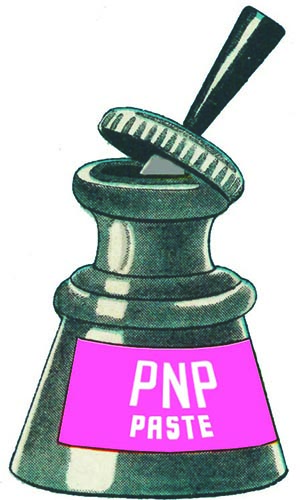Back in a previous life, I fancied myself as something of a musician. I was self-taught, so I would play on the family piano what I heard on the radio. When my listening skills weren’t up to the job I would spend hours in the basement of Allans on Collins Street, leafing through the sheet music and memorizing chord progressions—something I was genuinely good at—to practise when I got back home. The sheet music was way too expensive to actually buy.
So many songs on the radio would end the same way: Repeat And Fade. This would be what the sheet music said: 𝄆 eight bars 𝄇, then, as if it was helpful to me on my Becker upright grand, Repeat And Fade. In case younger readers don’t know, no, analogue pianos don’t have a volume control. The best I could manage was to play ever softer, poco a poco piano, until I was barely touching the keys.
When I was older, I started taking music theory lessons. One part of the syllabus was “cadences”, with peculiar names for the different chord progressions that end a piece of music: perfect, imperfect, pluperfect, plagal, interrupted. Cadences seemed to me at the time pointless. Who uses them? Surely everyone just ends with Repeat And Fade!
Apparently not, I was to learn as I broadened my musical tastes. Classical music hardly ever ends with Repeat And Fade. [1] Classical music is full of proper, perfect (or imperfect, or past perfect) cadences. And it hardly affected sales of their albums at all! When Mozart was writing his Requiem, he didn’t just toss together 'Kyrie eleison' (Repeat And Fade). He stuck a proper plagal cadence onto it, sung to the now-famous lyric: 'Amen!'
So how did we lose the art of The Ending? When did composers decide, ‘screw it, it’s too hard to end this song properly, I’ll just turn the volume down’? Or was it the sound engineers, concerned about job security, putting their inimitable touch onto the recording process? Or was it the performers, too absorbed in their jam sessions, to remember how many bars they’d played? Is all modern music written by Stephen King? I don’t know, but I think it’s a cop-out and it has to stop. All songs should end properly. Heck, even 99 Bottles of Beer on the wall has an end. [2]
My plea goes out to all musicians everywhere: Shun Repeat And Fade! Spend five minutes wrapping up your songs properly. Use a cadence if you need; there are plenty to choose from. Kids with their analogue pianos will thank you from the bottom of their too-cheap-to-buy-the-sheet-music hearts.
Plagal cadence to that!
DEBORAH PICKETT (@FUTZLE), MELBOURNE
- One well-known exception was the last 15 seconds of John Cage’s 4’33”.
- Imagine if it didn’t: zero bottles of beer on the wall / take one down, pass it around / minus one bottles of beer on the wall.
Early adopters of the "Repeat and Fade" technique were met with harsh criticism. Wood engraving, State Library of Victoria, accession no. PN09/06/77/00. Available at http://handle.slv.vic.gov.au/10381/259013.

